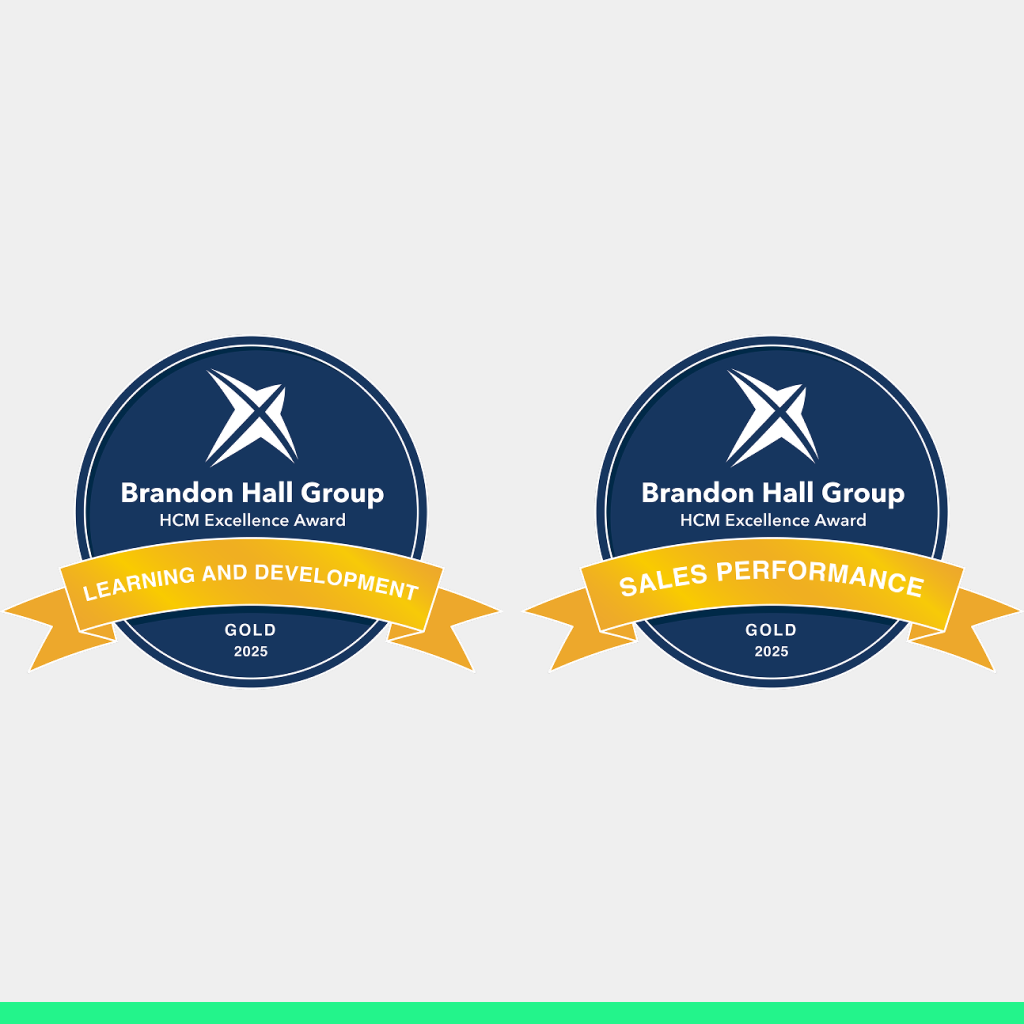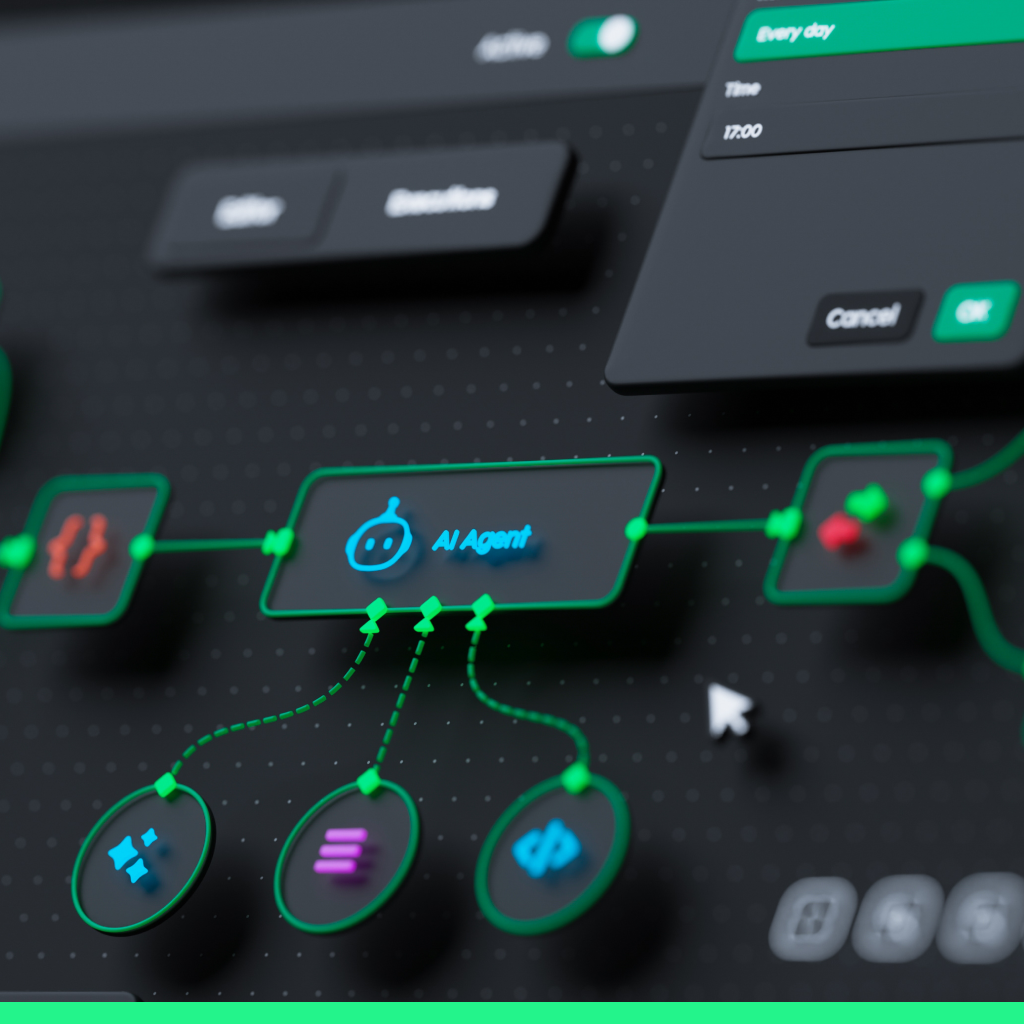By: Luka Ajduk
Technical implementation planning is a crucial step in any project, ensuring that a solution is viable from a technical perspective. This assessment typically occurs after the kick-off meeting and once initial requirements have been gathered, but before design freeze and before any development work begins. However, organizations often prioritize speed over thorough feasibility reviews, leading to misalignment, inefficiencies, and costly rework down the line. In this article, we explore the most common challenges in technical implementation planning and provide best practices to overcome them.
At Studion, we have developed a seamless approach to technical implementation planning that ensures project success, with deep expertise in eCOA (electronic Clinical Outcome Assessment) solutions. Our team—composed of Solution Design Analysts, Technical Project Managers, Developers, and Quality Engineers—collaborates closely to address the unique complexities of eCOA projects. From ensuring regulatory compliance to optimizing for patient usability and long-term maintainability, we work together to mitigate risks, align on requirements, and deliver robust, user-focused applications. One of our case studies demonstrates how including all key roles from Studion in an eCOA project led to a smooth, efficient delivery and avoided the common pitfalls of misalignment and rework.
Challenge 1: Lack of Cross-Role Review Before Design Signoff
The Problem
One of the biggest pitfalls in technical implementation planning is failing to involve all key delivery roles in the early design phase. When Developers, Quality Engineers (QE), and Technical Project Managers (TPM) do not review the design before signoff, misunderstandings arise, leading to:
- Misaligned requirements – The TPM may draft unclear or incorrect requirements for the development team.
- Development errors – Developers might misinterpret the design, resulting in code that does not meet project needs.
- Testing inefficiencies – QE may not fully understand the design, leading to incomplete or incorrect test coverage.
The Solution
- Mandatory cross-role review – Each role in the delivery team must thoroughly review the design before signoff.
- Structured review meetings – Hold meetings where all stakeholders align on feasibility, risks, and technical requirements.
- Clear documentation – Ensure that designs and requirements are well-documented and accessible to all team members.
We implement a rigorous review process, ensuring that all delivery roles—SDAs, TPMs, Developers, and QEs—collaborate early to eliminate ambiguities and streamline development.
Challenge 2: Ignoring Post-Production Issues and Future Enhancements
The Problem
Many teams focus solely on delivering a project quickly, overlooking long-term considerations such as post-production maintenance, upgrades, and data change requests. This short-term mindset can lead to:
- Future compatibility issues – New product features may not work seamlessly with the current design and customizations.
- Poor user experience – Designs may not be intuitive, making the application difficult for end users.
- Data integrity risks – Gaps in design or user errors may lead to missing or incorrect data capture.
The Solution
- Plan for future product features – Ensure that the current study design can accommodate future enhancements and upgrades.
- Adopt a user-centric approach – Always think from the end user’s perspective to improve usability and minimize errors.
- Implement backup plans for data issues – Identify potential design gaps that could lead to data loss and establish contingency measures.
In our future-proofing approach, we ensure that our designs remain scalable, user-friendly, and adaptable to evolving business needs. Our holistic planning mitigates risks and enhances long-term usability.
Best Practices Technical Implementation Planning
To mitigate these challenges, teams should follow a structured approach to technical implementation planning:
- Include TPM in early design phase. The TPM should be involved from the start to provide insights on technical feasibility and risks.
- TPM to collaborate with designers to identify risks and gaps. Early collaboration helps ensure a design that aligns with technical constraints and project goals.
- TPM to document technical requirements clearly. Technical requirements should be detailed, structured, and aligned with the project design.
- Internal tech review with the whole team. Present technical requirements to backend developers, QE, and other key roles to answer questions and resolve ambiguities.
- Provide time for internal team review. Developers, QE, and other team members should have dedicated time to review both the design and technical requirements.
- Follow-up call to finalize requirements. A structured follow-up call ensures that all concerns are addressed before freezing the design.
- Design freeze. Once all reviews are completed and approved, freeze the design to prevent last-minute changes that could introduce risk.
- Development begins. With a solid, well-reviewed design and technical plan, development can proceed efficiently.
Over the past 10+ years, we have honed these best practices, ensuring seamless project execution and minimizing risk. Our case studies highlight how our methodical approach results in successful project delivery without costly delays.
Case Study: When Good Planning Paid Off
In a recent eCOA study, Studion was brought in to deliver a complex solution involving two phases, 18 visits, 9 ePROs, and notifications for both patients and sites. From day one, the full Studion team was engaged—including a Technical Project Manager (TPM), Solution Design Analyst (SDA), Developer, and Quality Engineer (QE).
We ran structured design sessions with the client, incorporating real-time demos and feedback loops. These collaborative sessions led to practical optimizations—such as reducing unnecessary notifications and introducing smart validations to prevent common user errors. Our developers and QEs participated in technical implementation planning discussions early, gaining full context before development began.
As a result:
- Development and validation were completed in under 5 weeks – well ahead of schedule
- Client UAT reported zero issues
- The study launched within 8 weeks, meeting FPI and internal deadlines
- After 2+ years in production, only 2 minor (non-blocking) issues were reported
- Just 1 data change request was needed post-launch.
A Comparison: When Rushing Cost More
In contrast, a similarly scoped eCOA study, also involving multiple visits, ePROs and complex workflows was handled by a non-Studion delivery team. In this case, pressure to start development quickly in order to meet the study deadline led to rushed planning and limited cross-role collaboration. Developers and QEs were brought in late, just before development began and technical implementation discussions were minimal.
The outcomes:
- Development and validation took 8 weeks – acceptable but not optimized
- 8 issues were discovered during client UAT
- Study launch was delayed to 12 weeks – FPI was met
- 35 user-reported issues post-launch
- 40 data change requests were required to fix gaps.
The Takeaway
Both studies met FPI and were similar in scope, but the difference in outcomes was clear. When Studion led the planning and delivery, timelines were shortened, defects were eliminated, and long-term stability was significantly better.
Involving the full delivery team early and conducting detailed technical implementation planning leads to faster, cleaner and more sustainable delivery.
All mistakes made now to save time and money will ultimately cost more in the future.
A structured approach to technical implementation planning ensures that projects are not only delivered on time but also remain scalable, maintainable, and user-friendly in the long run. By involving the right stakeholders early, planning for future needs, and enforcing rigorous reviews, organizations can avoid costly rework and ensure a smoother development lifecycle.




